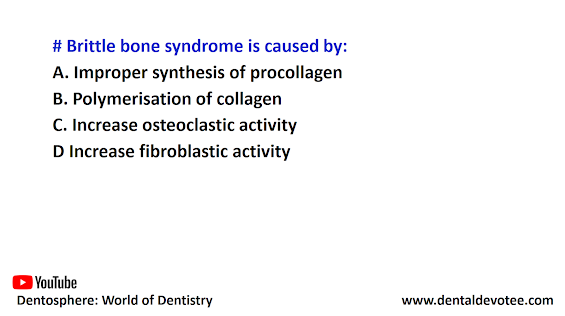# Addison's disease is due to:
a. Chronic insufficiency of adrenal cortex
b. Chronic insufficiency of adrenal medulla
c. Insufficiency of pancreas
d. Hypofunction of thyroid gland
The correct answer is A. Chronic insufficiency of adrenal cortex.
Addison's disease, also known as primary adrenal insufficiency, is a rare long-term endocrine disorder characterized by inadequate production of the steroid hormones cortisol and aldosterone by the two outer layers of the cells of the adrenal glands (adrenal cortex), causing adrenal insufficiency. Symptoms generally come on slowly and insidiously and may include abdominal pain and gastrointestinal abnormalities, weakness, and weight loss. Darkening of the skin in certain areas may also occur. Under certain circumstances, an adrenal crisis may occur with low blood pressure, vomiting, lower back pain, and loss of consciousness. Mood changes may also occur. Rapid onset of symptoms indicates acute adrenal failure which is a serious and emergent condition. An adrenal crisis can be triggered by stress, such as from an injury, surgery, or infection.







